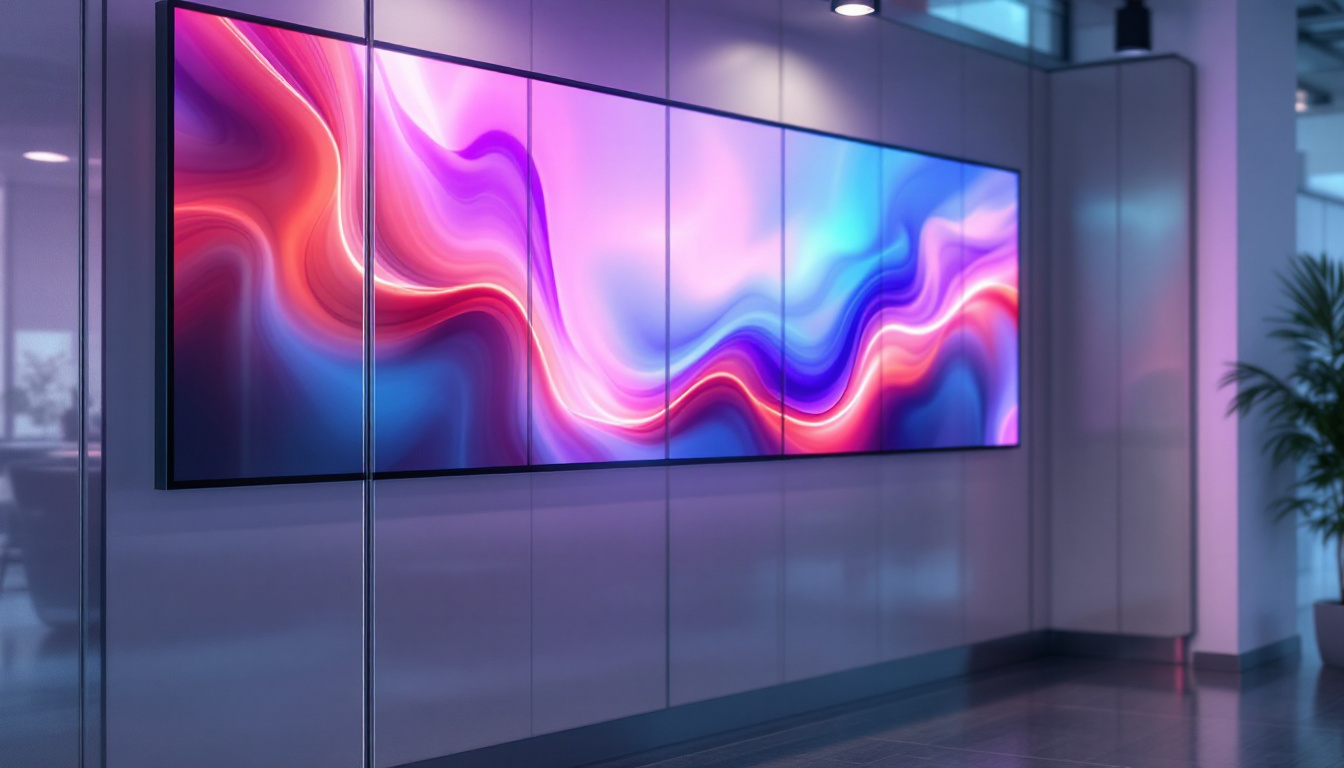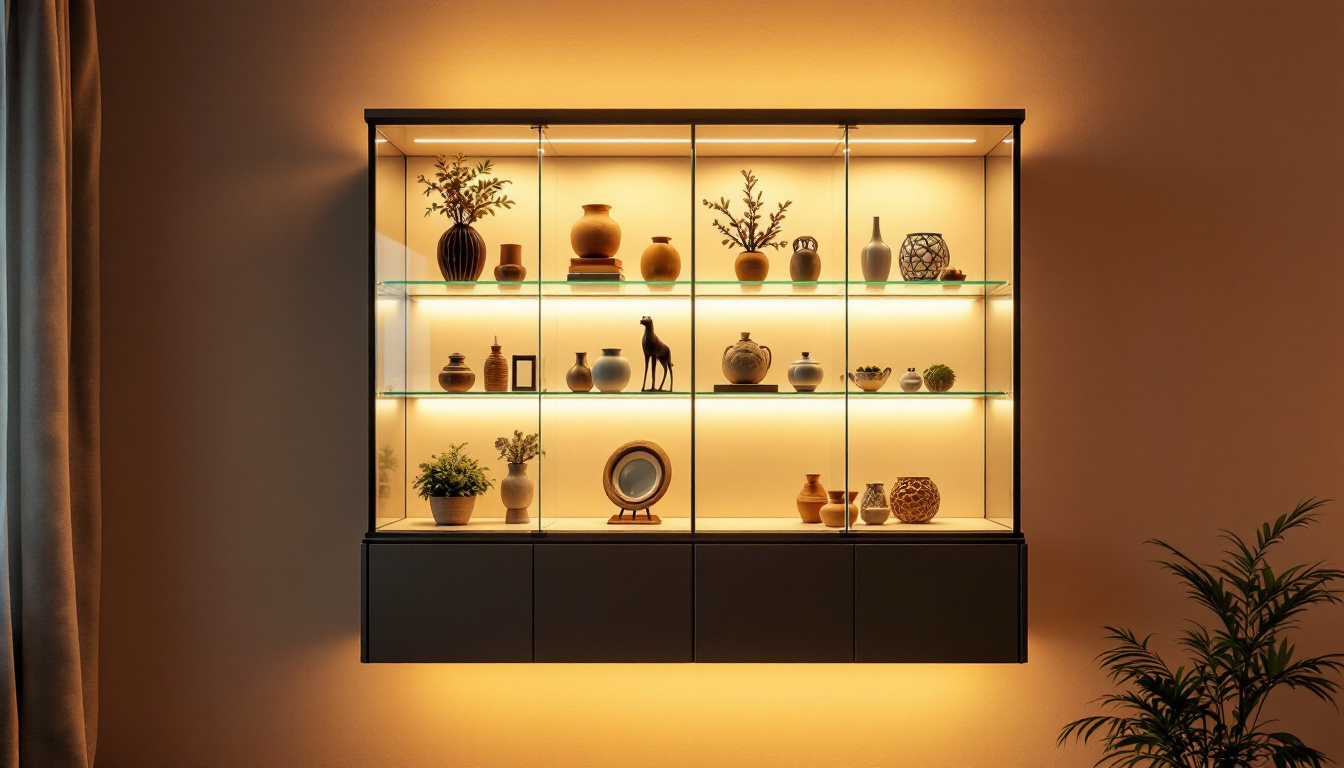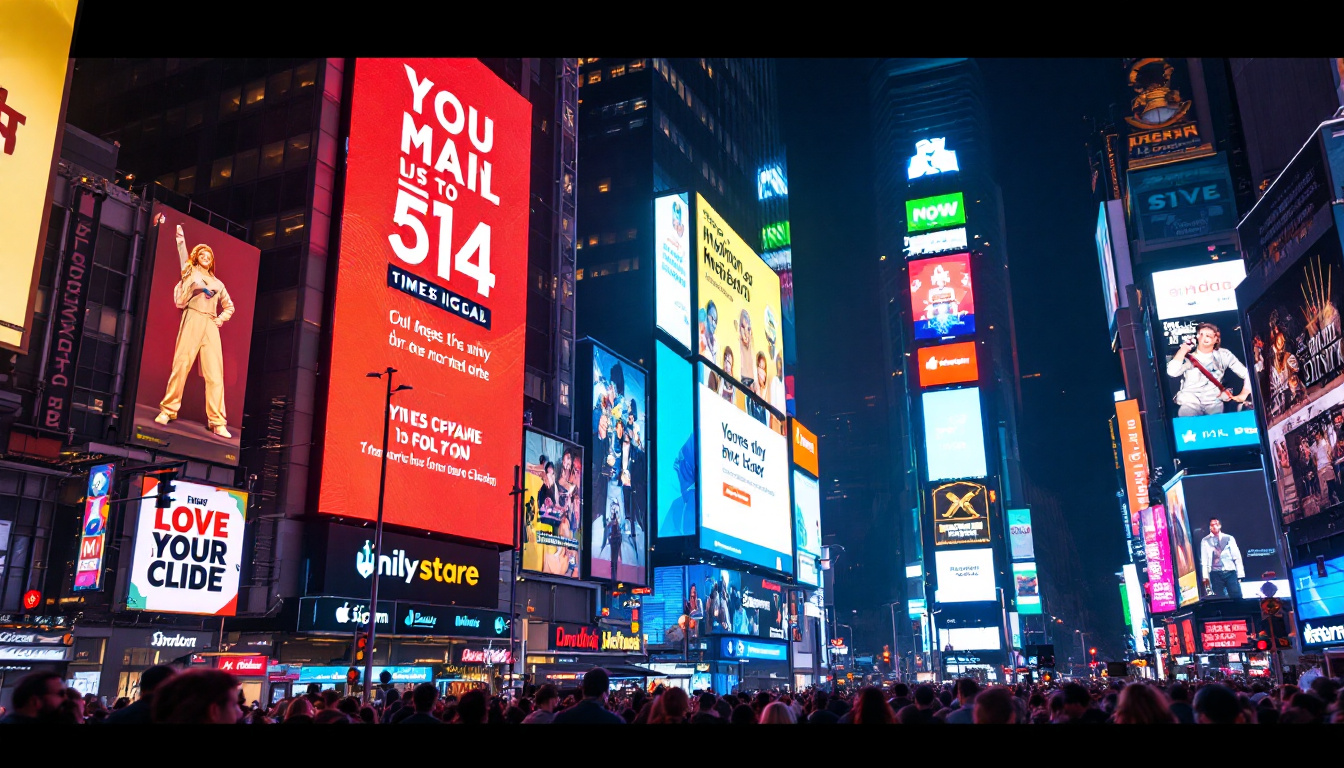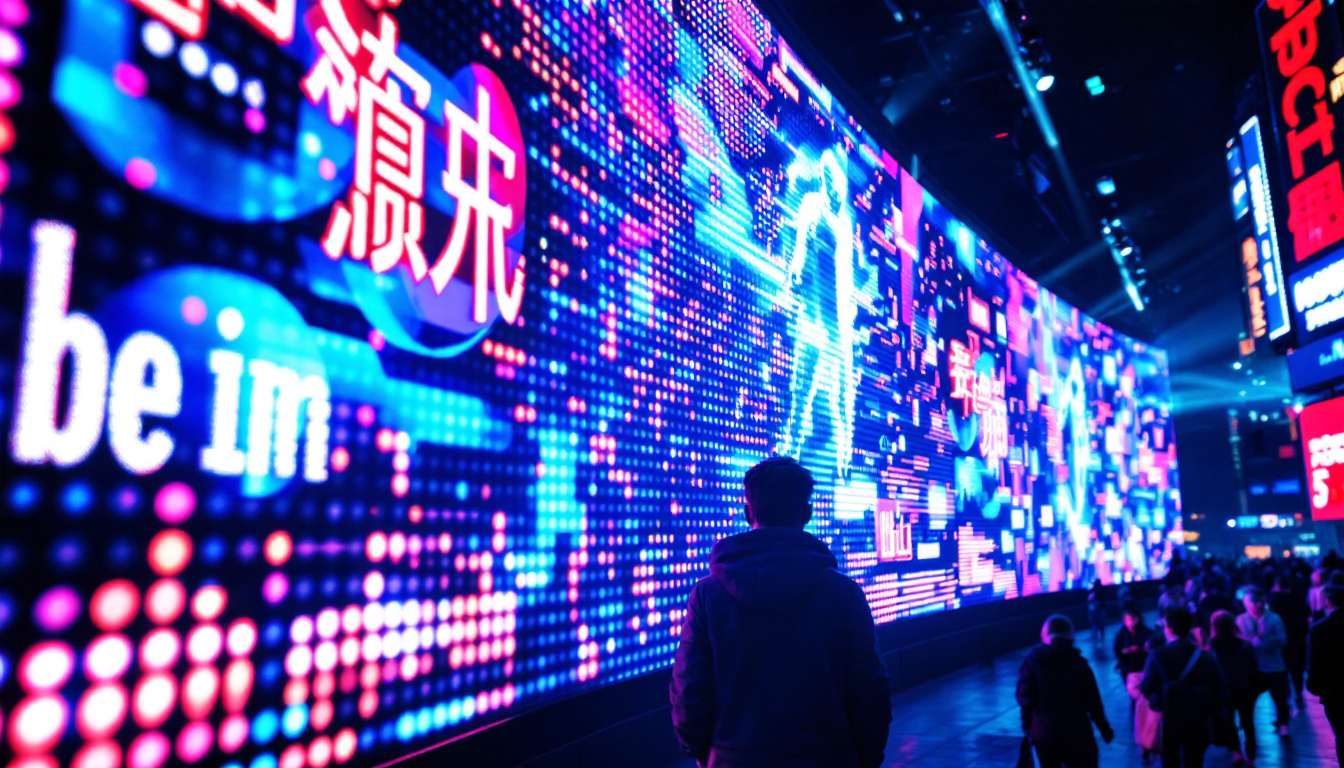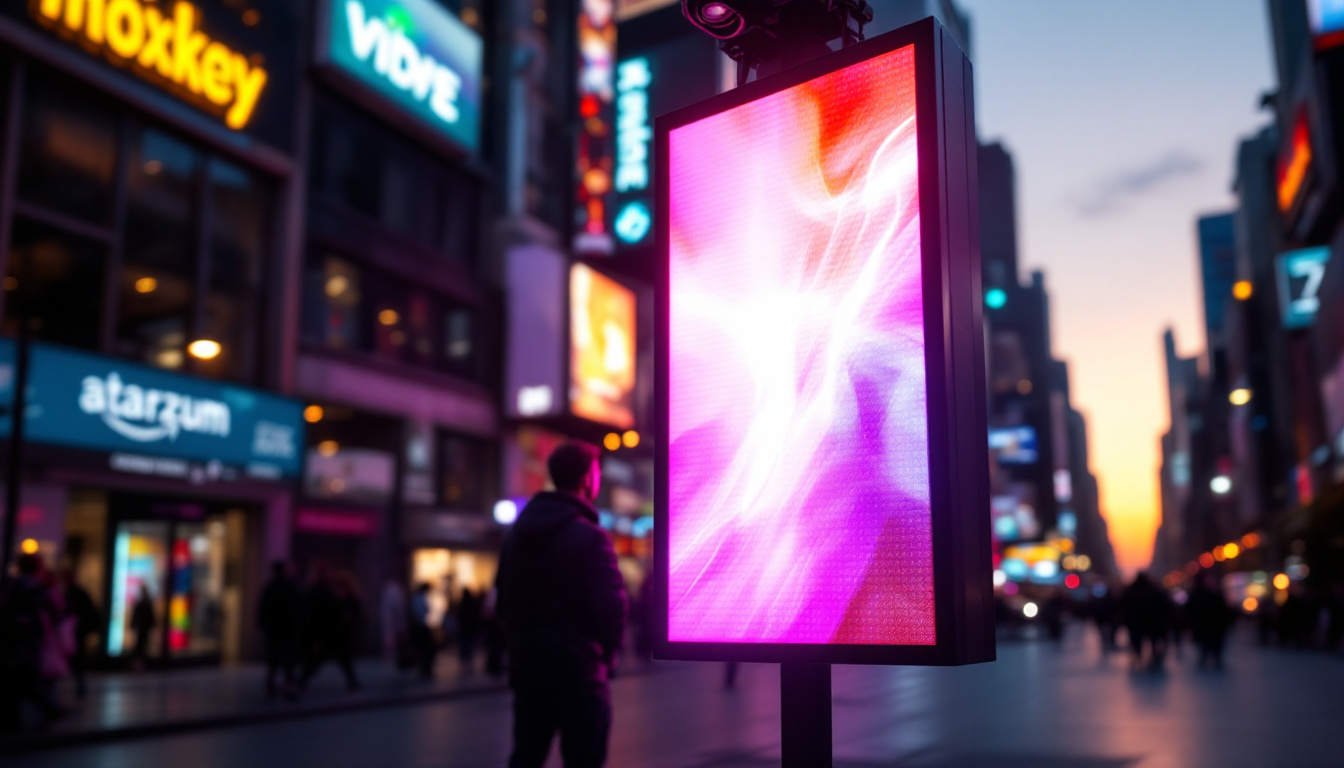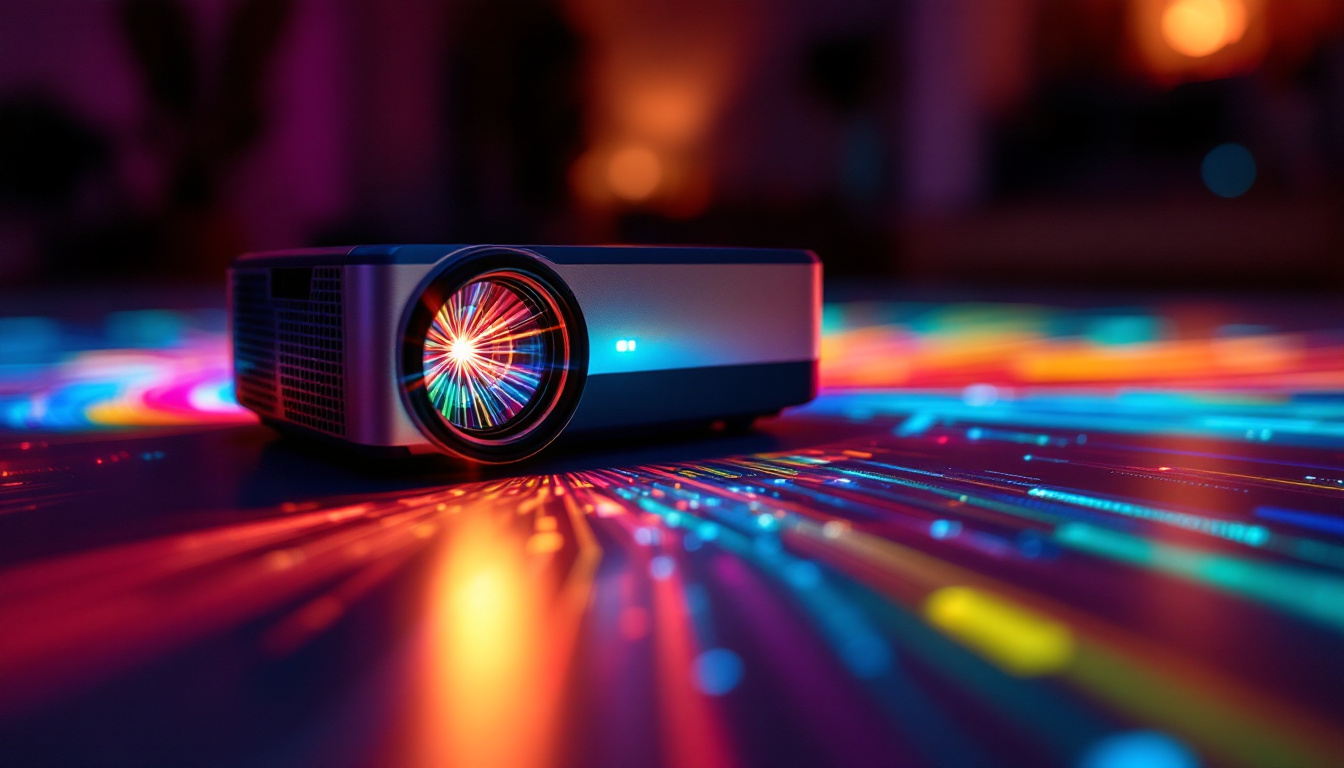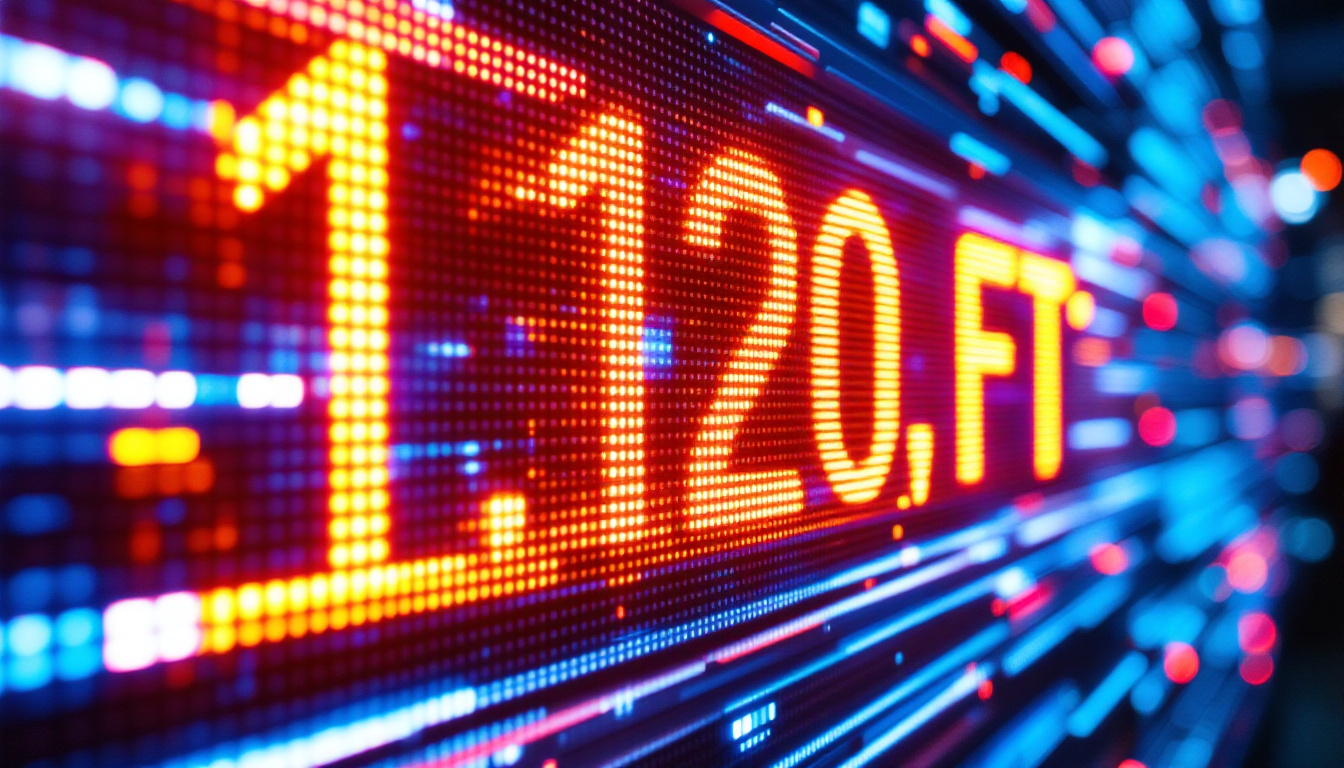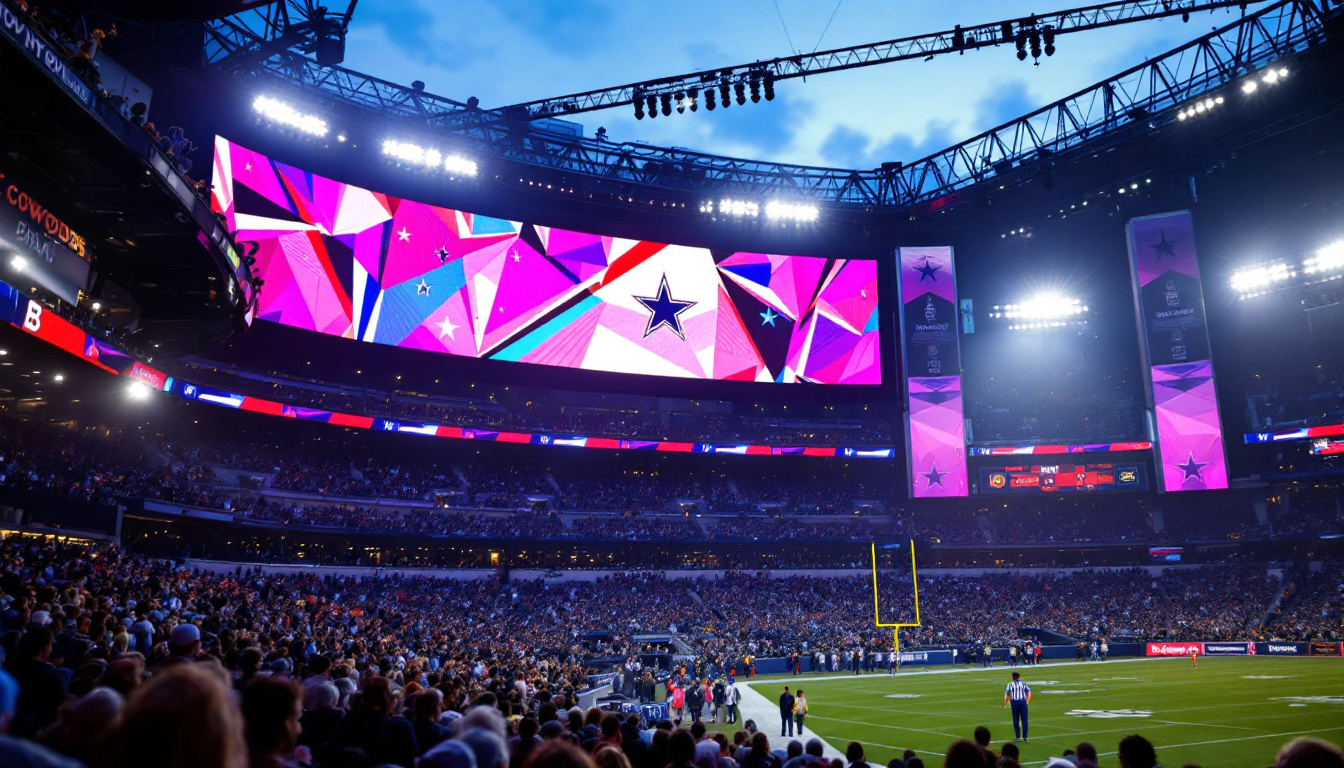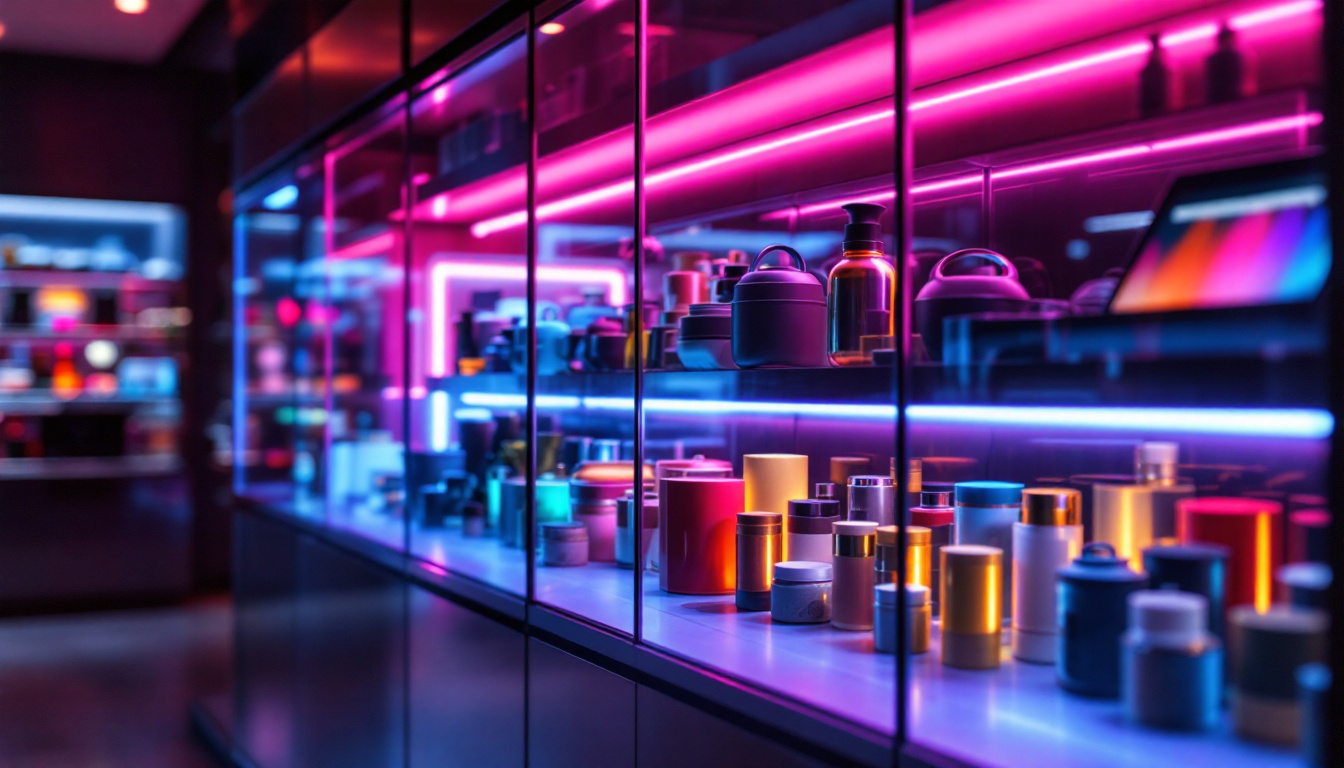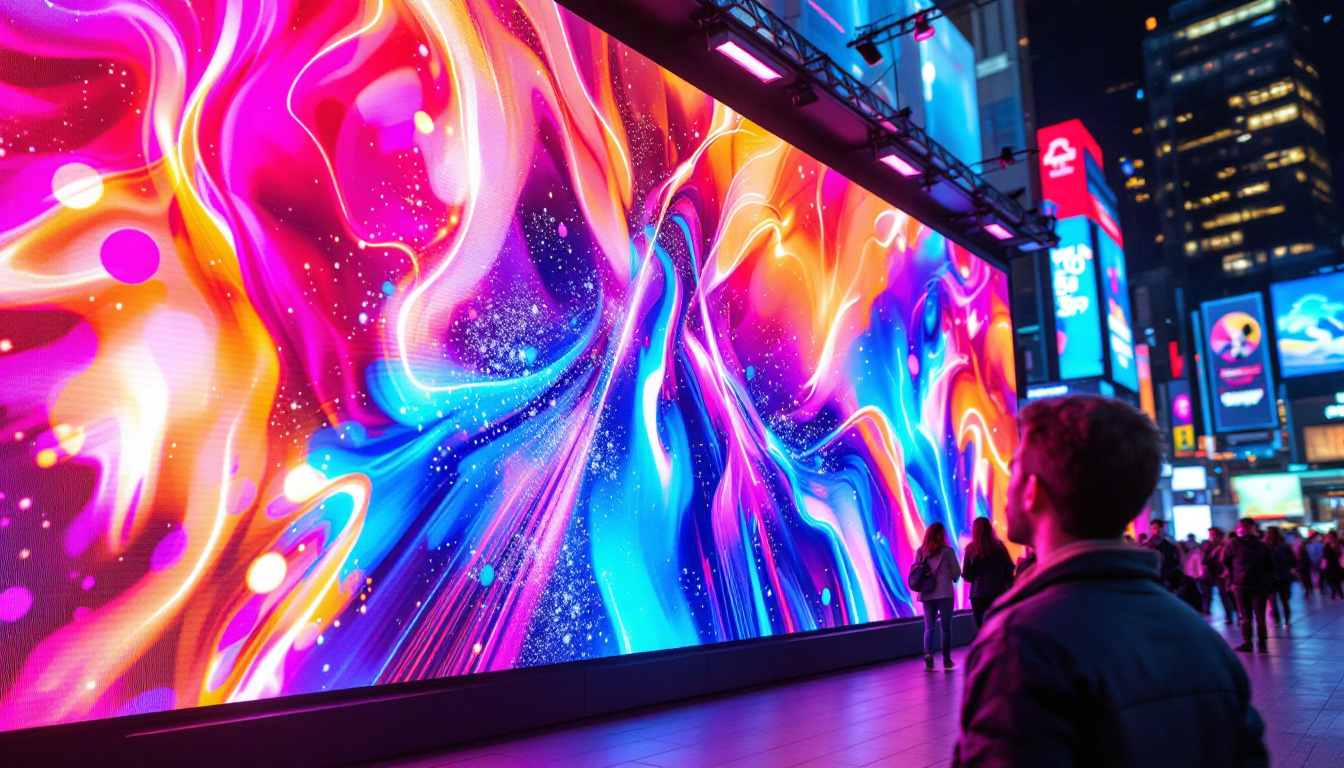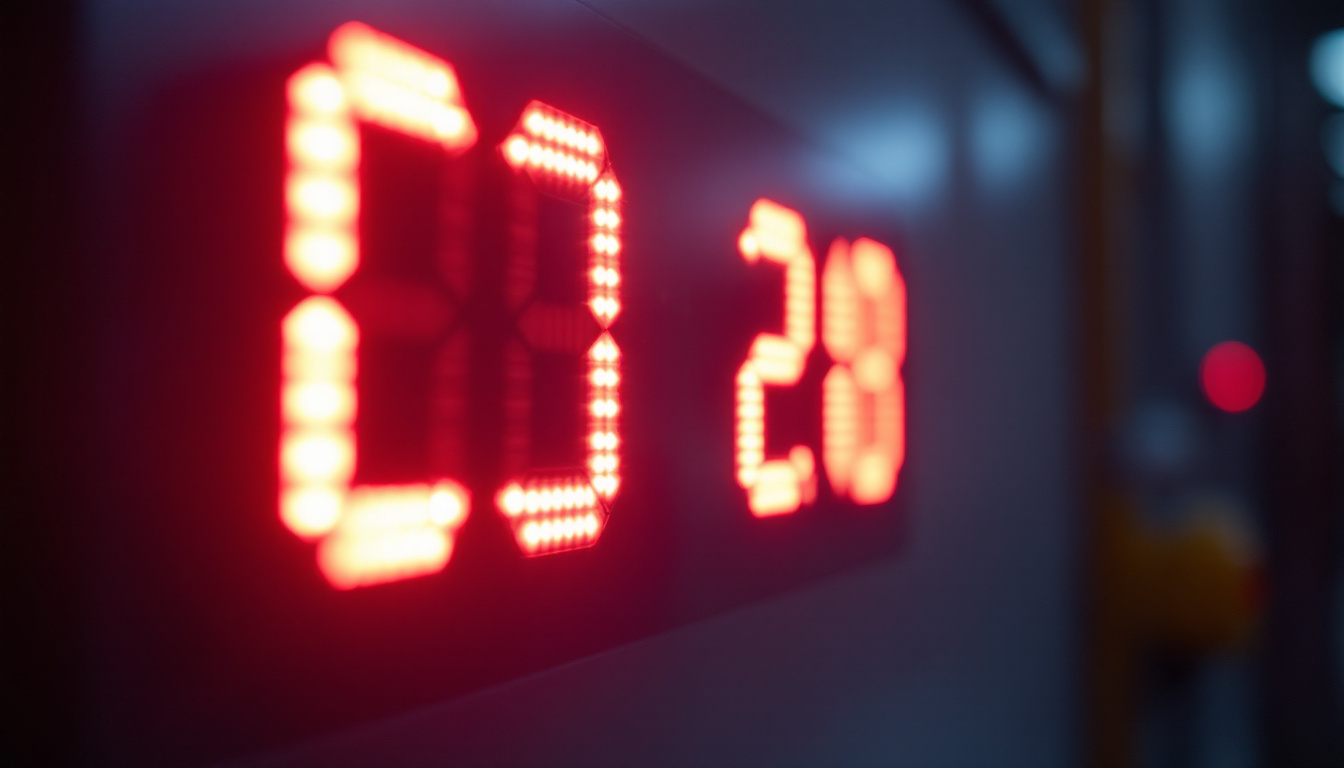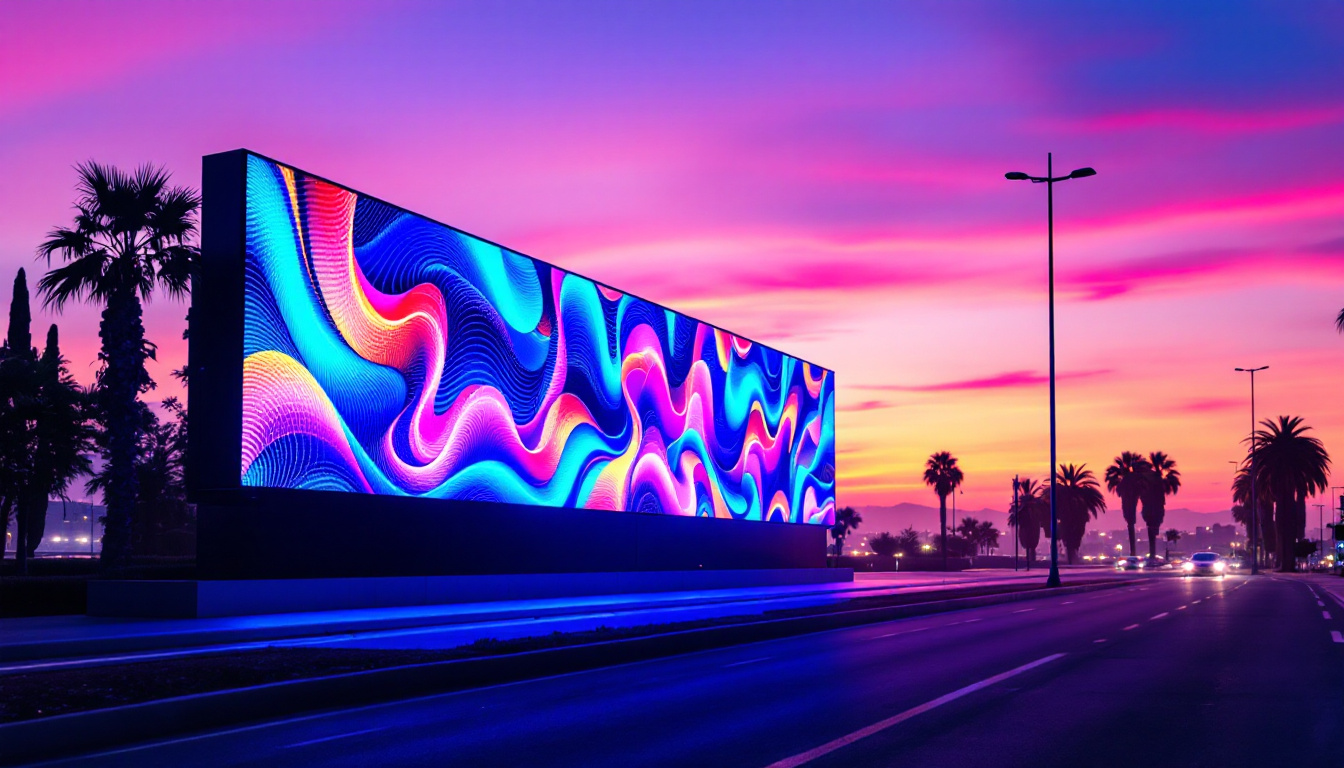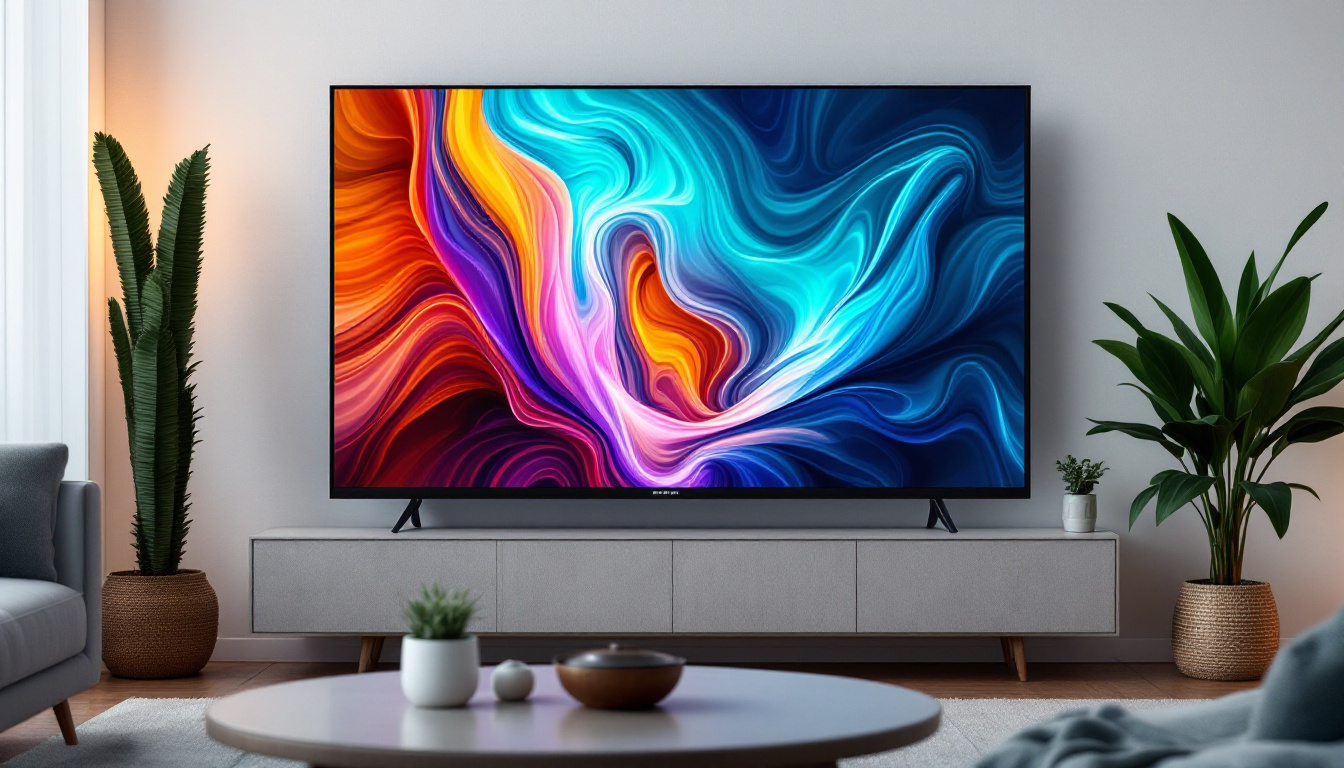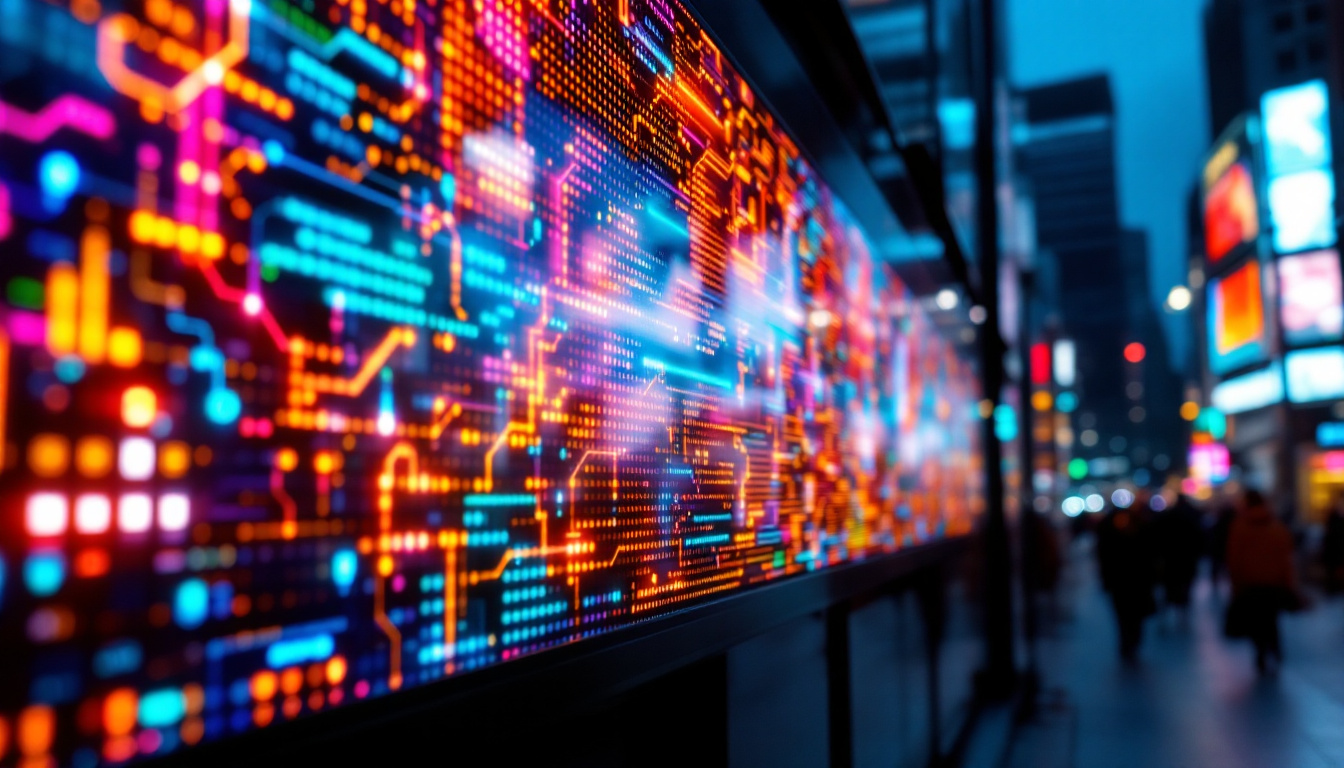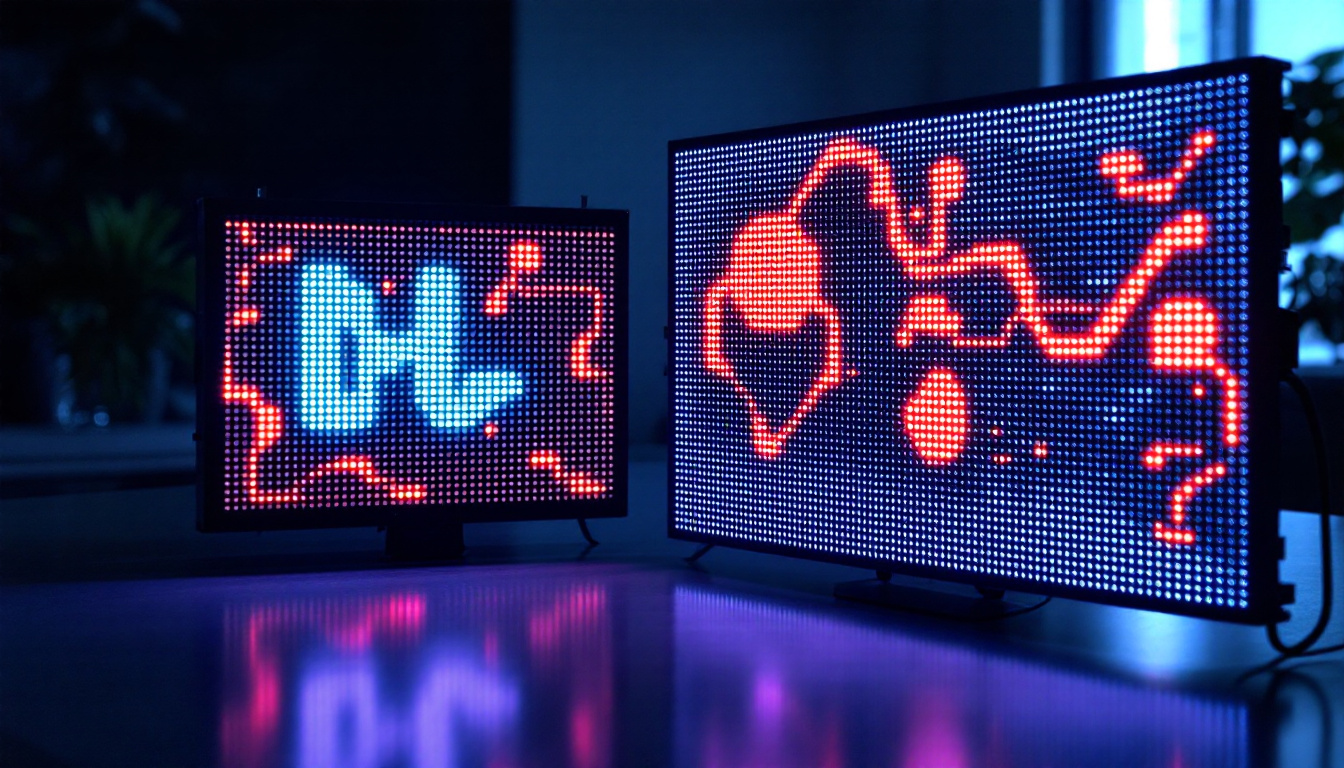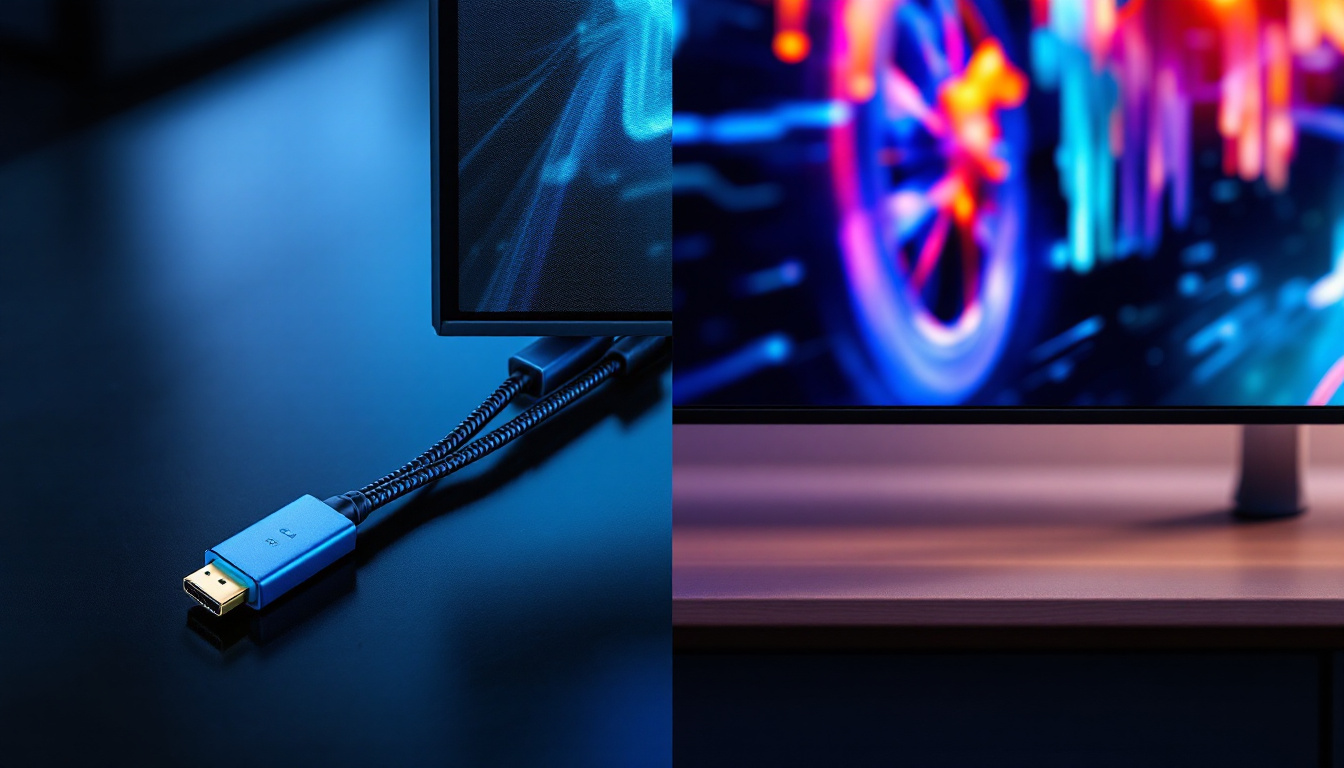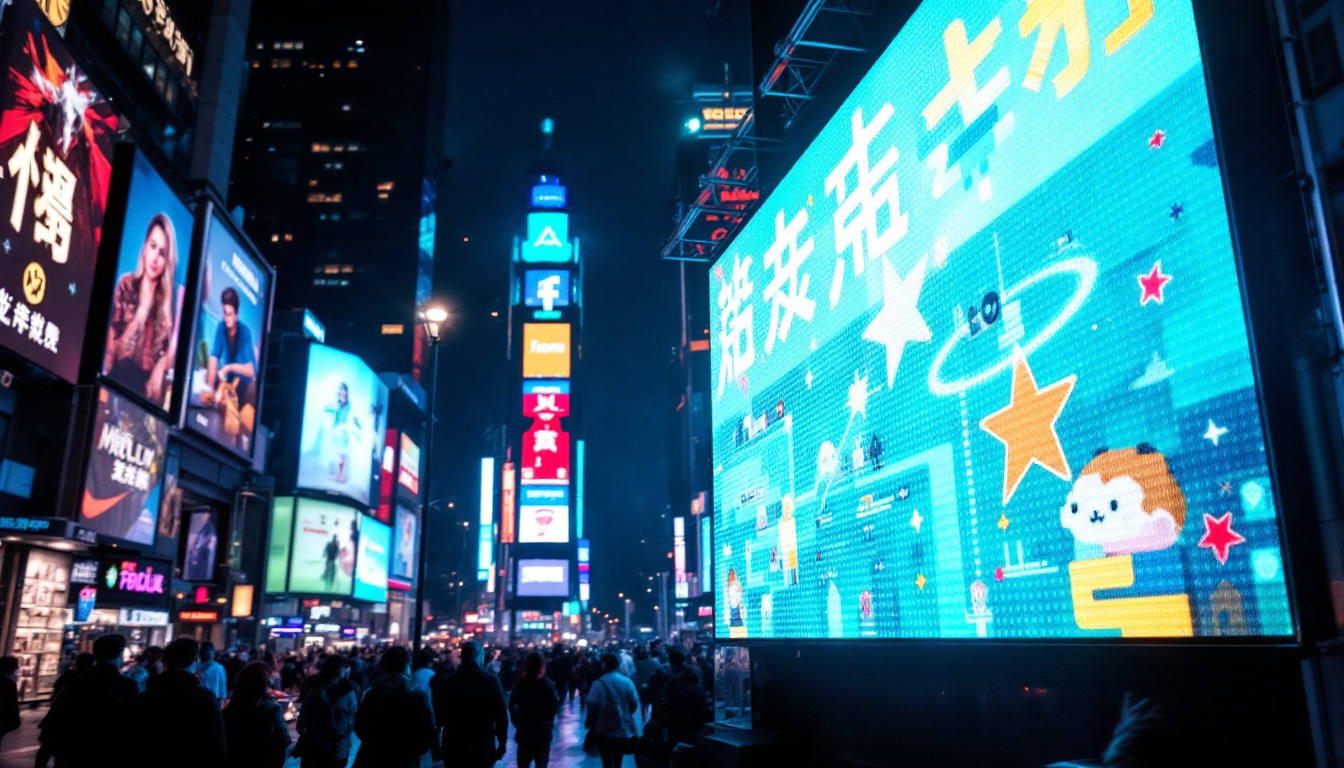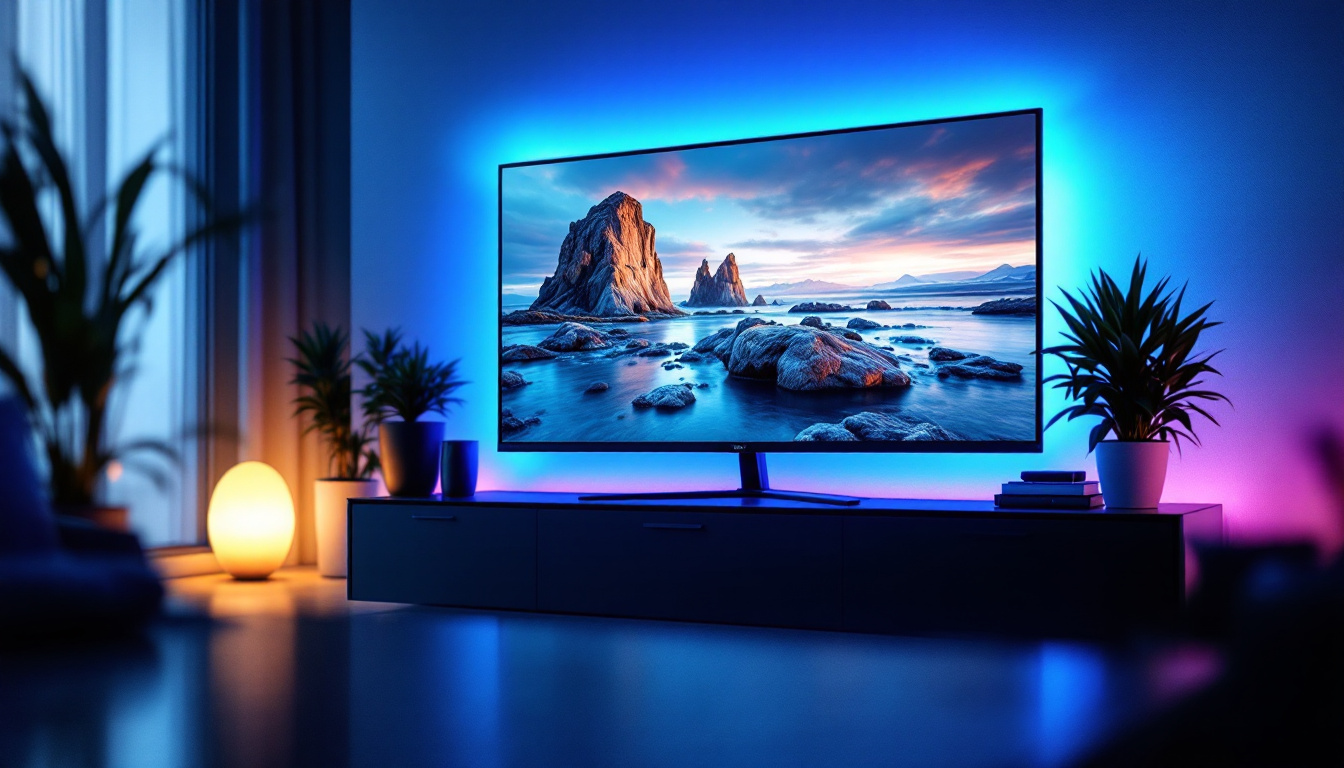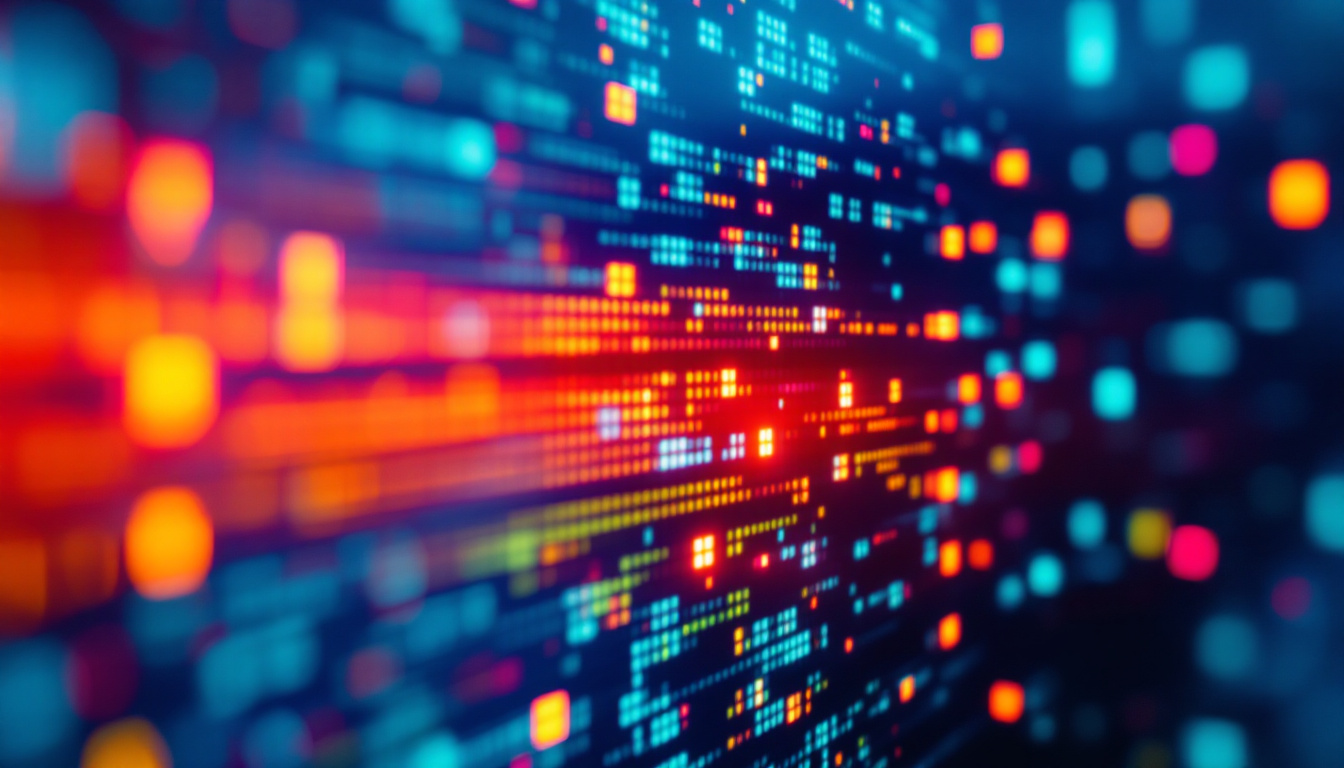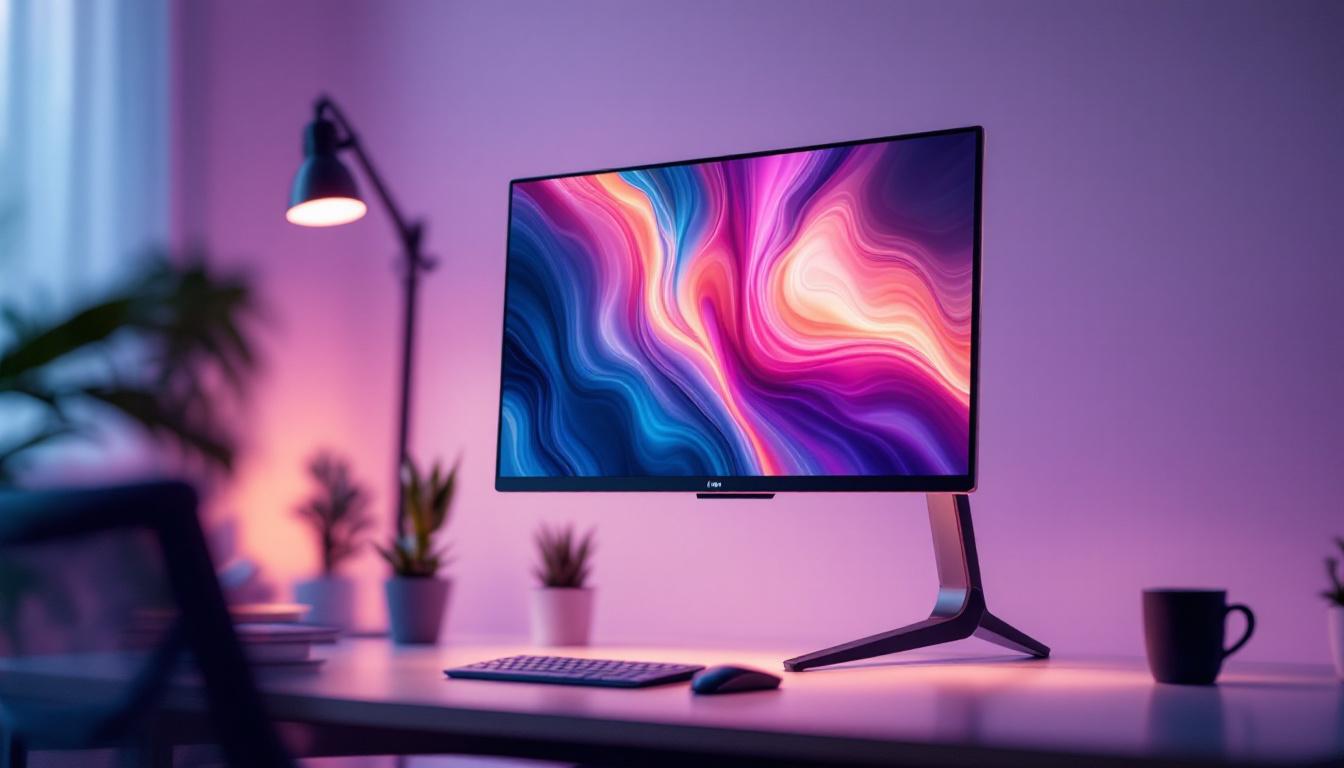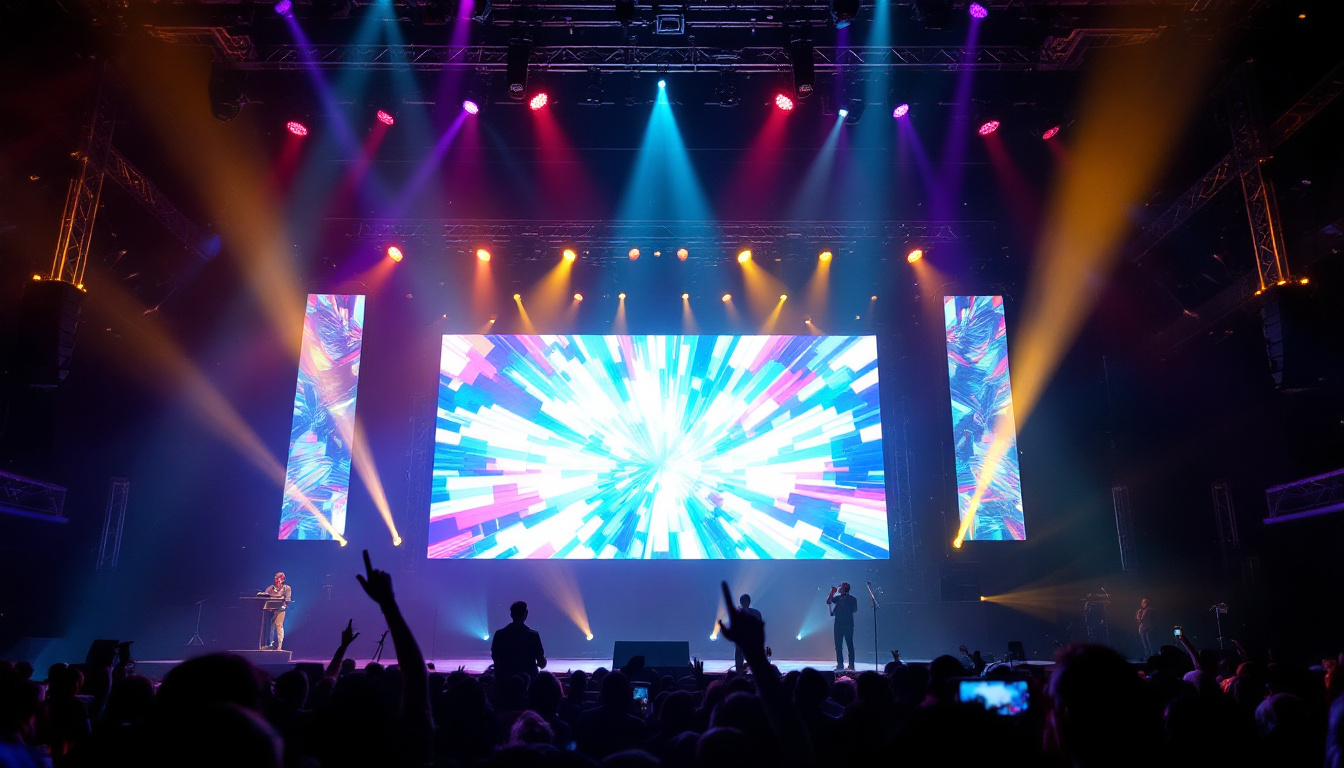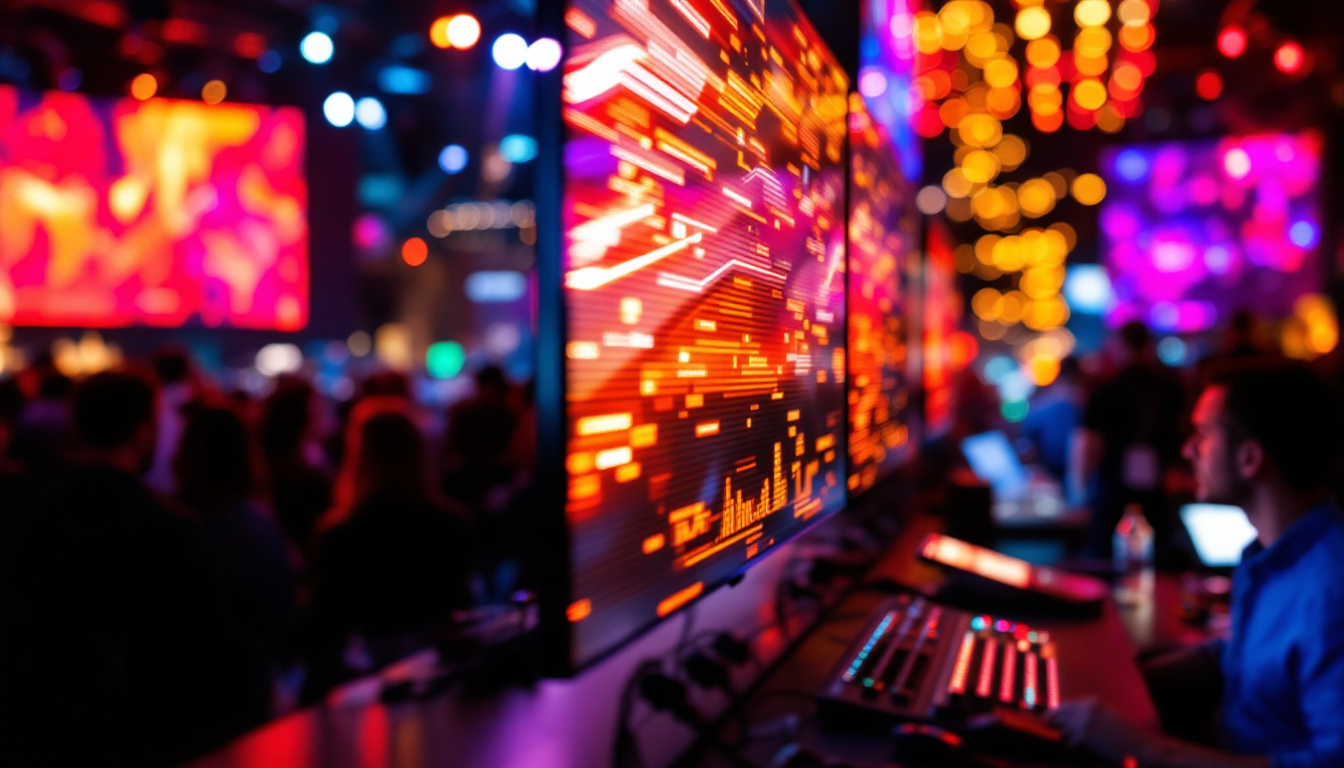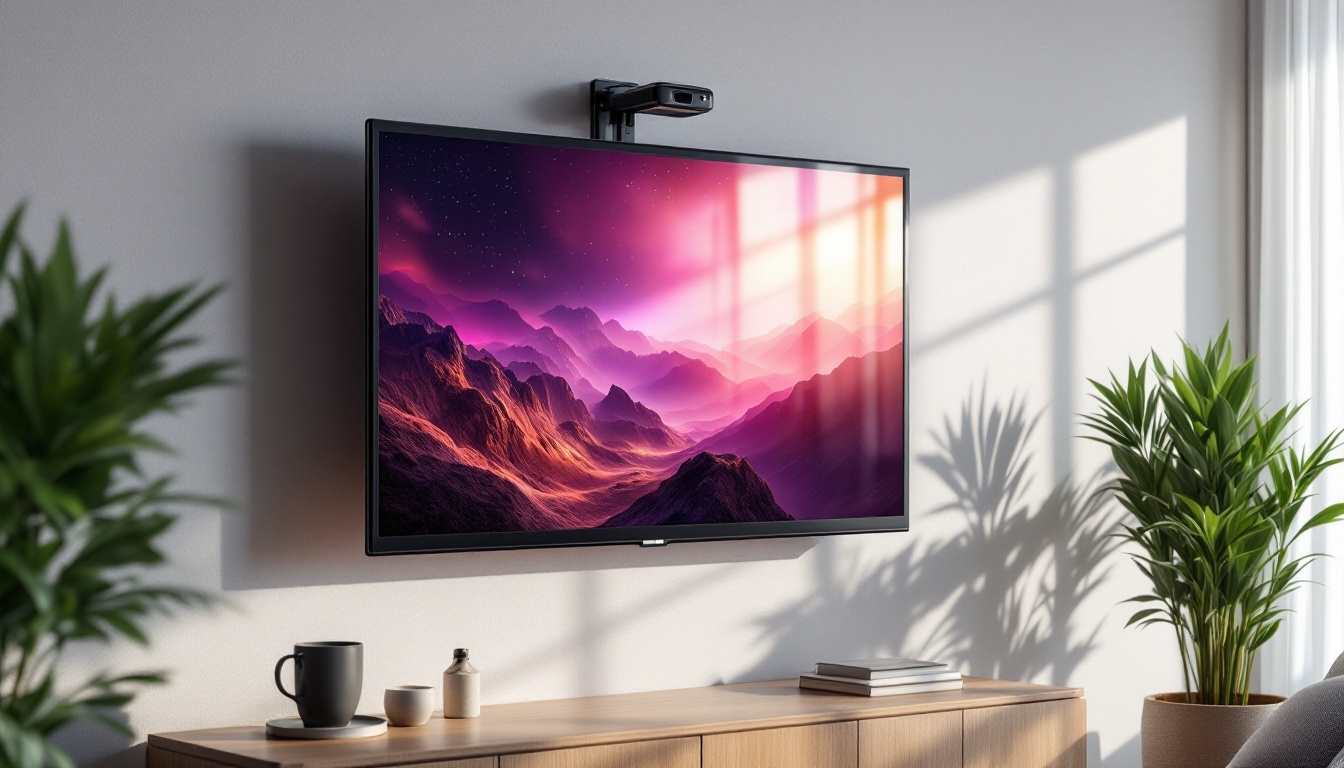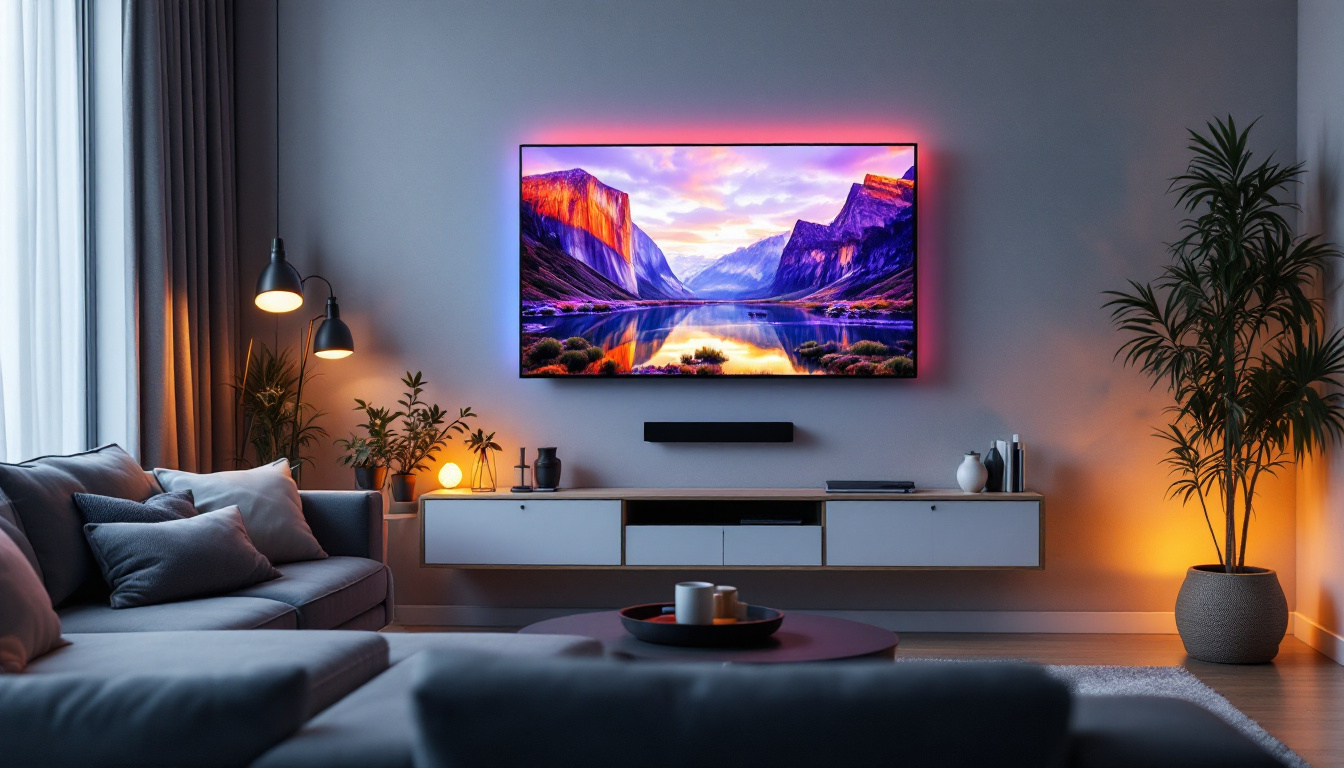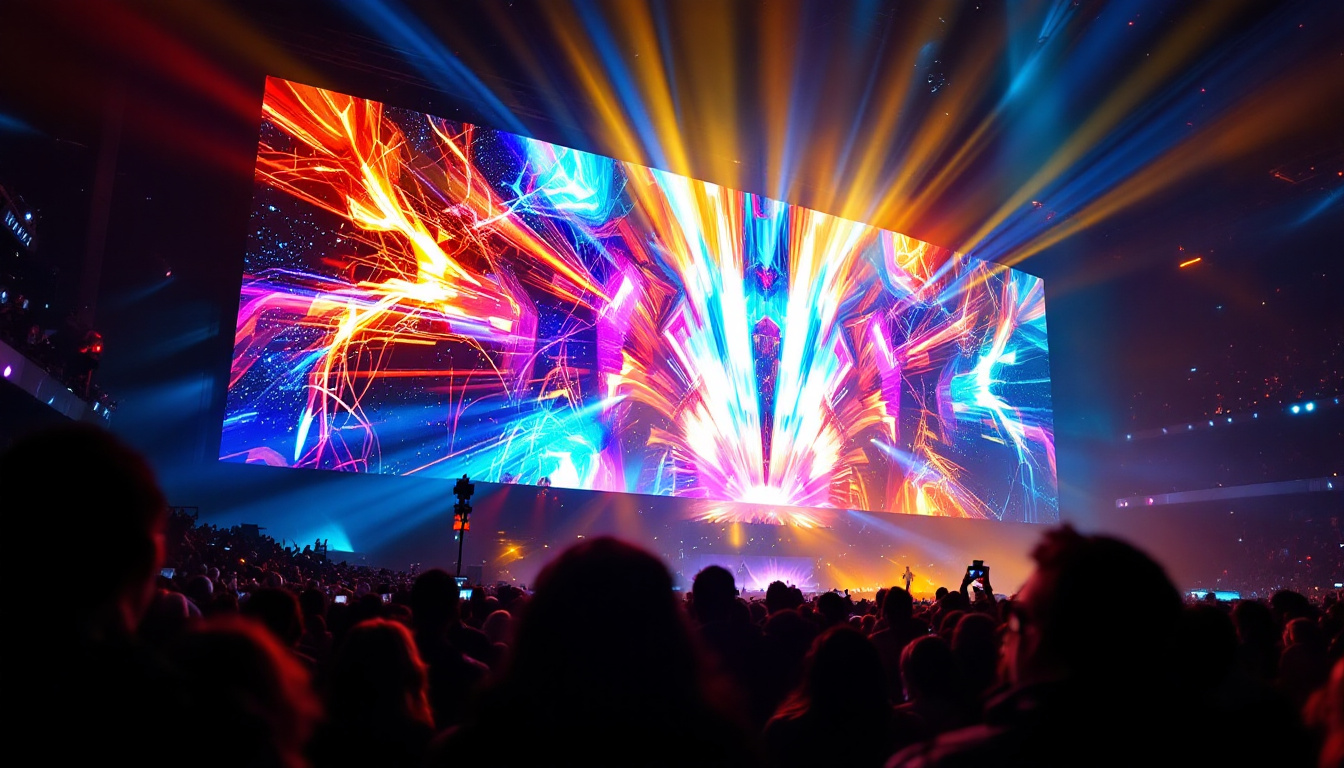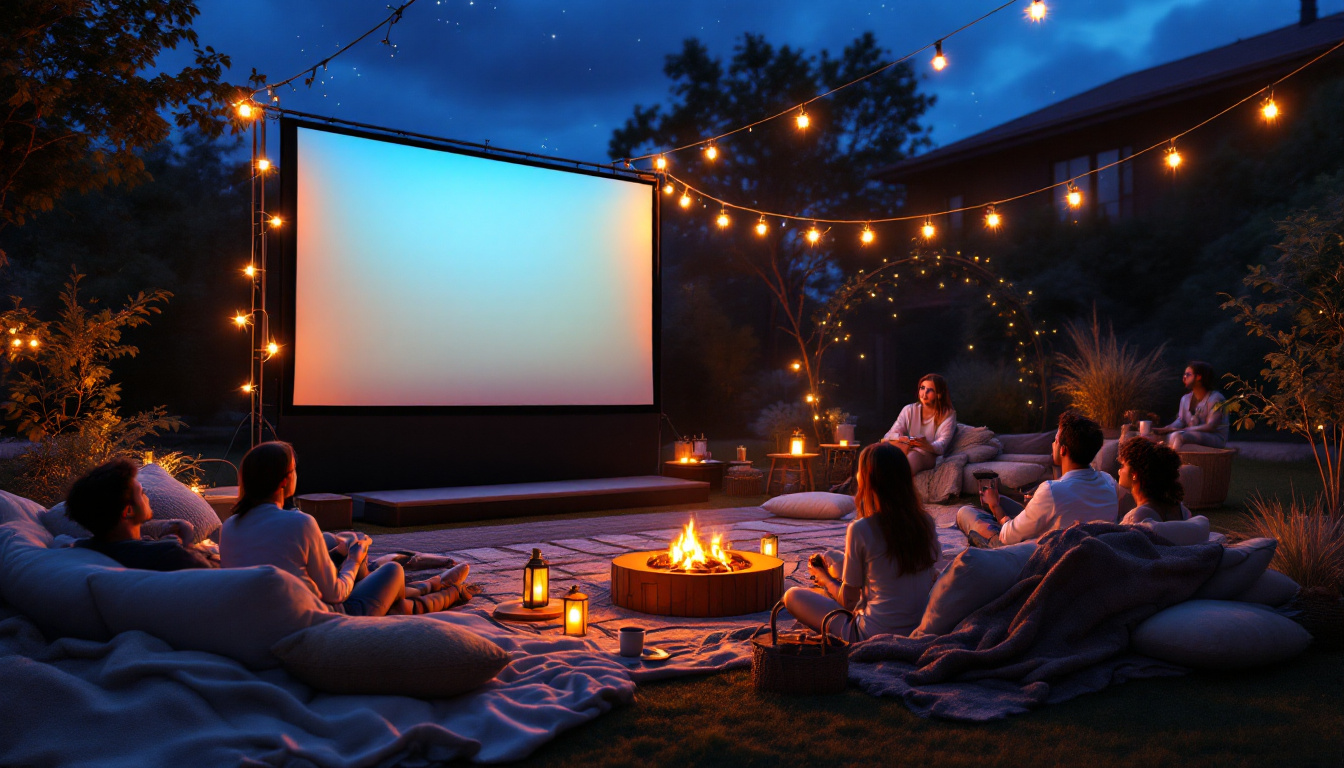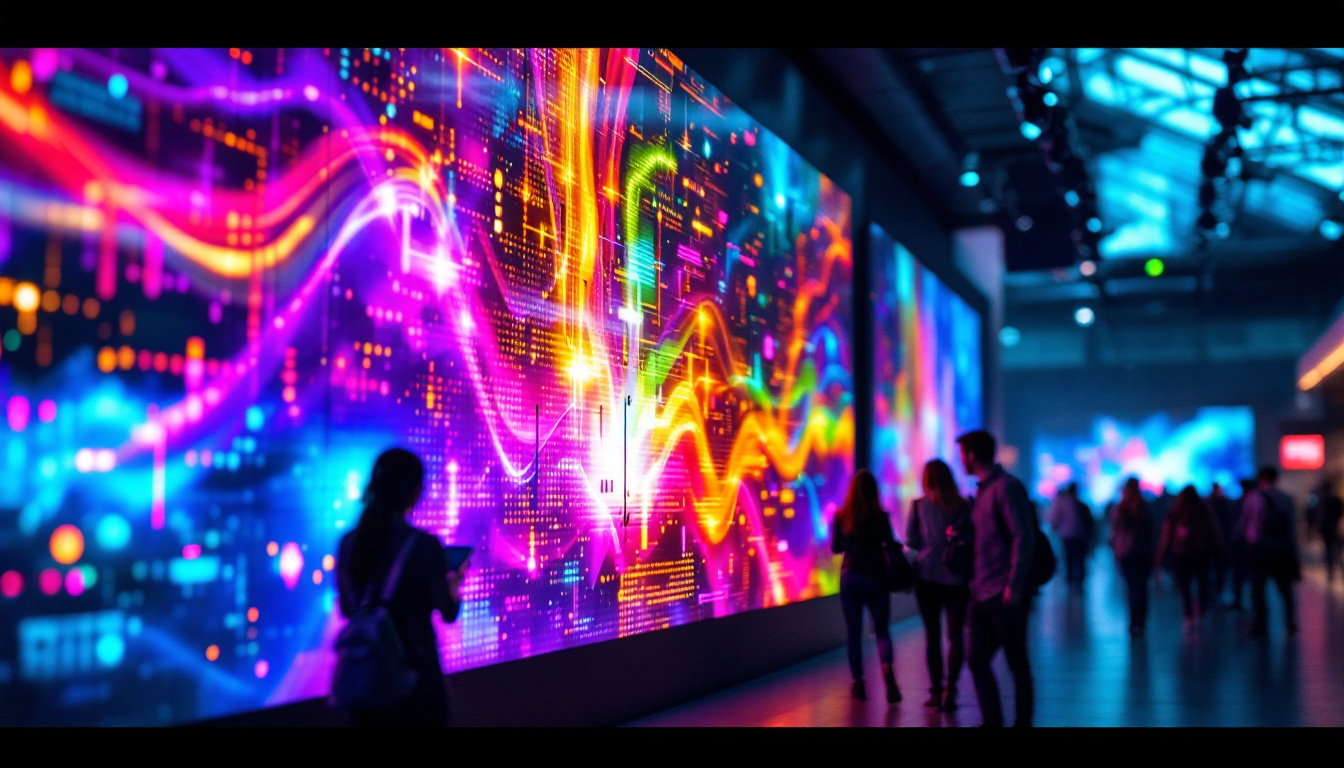In the modern world of architecture and interior design, the use of partition walls has become increasingly popular. These walls serve as functional dividers in open spaces, creating distinct areas for different purposes. With the advancement of technology, partition divider walls have evolved to incorporate innovative features, such as LED displays. This article delves into the concept of partition divider walls with integrated LED displays, exploring their benefits, applications, and the technology behind them.
Understanding Partition Divider Walls
Partition divider walls are non-load-bearing structures that separate spaces within a larger area. They are commonly used in offices, retail environments, and public spaces to create privacy, reduce noise, and enhance aesthetics. Unlike traditional walls, partition walls can be easily installed and removed, making them a flexible solution for changing needs.
The Functionality of Partition Walls
One of the primary functions of partition walls is to create distinct zones within a space. For instance, in an office environment, a partition wall can separate workstations from meeting areas, promoting a more organized and efficient workflow. Additionally, these walls can help control sound, allowing for a quieter atmosphere in collaborative settings.
Moreover, partition walls offer versatility in design. They can be constructed from various materials, including glass, wood, and metal, allowing for a wide range of aesthetics. This adaptability makes them suitable for different architectural styles and interior themes. For example, glass partition walls can create an open and airy feel, making them ideal for modern offices that value transparency and collaboration, while wooden partitions can add warmth and a touch of sophistication to more traditional settings.
Benefits of Using Partition Walls
The advantages of partition walls extend beyond mere separation of spaces. One significant benefit is the cost-effectiveness of installation and maintenance. Unlike traditional construction methods, which can be time-consuming and expensive, partition walls can be erected quickly, minimizing disruption in the workplace or public area.
Additionally, partition walls can enhance the overall functionality of a space. They can be designed to include storage solutions, integrated technology, or even soundproofing features, catering to specific needs. This customization allows businesses to optimize their environments for productivity and comfort. For instance, some partition walls come equipped with built-in whiteboards or screens for presentations, making them not only a physical divider but also a functional tool for collaboration and brainstorming sessions.
Furthermore, the use of partition walls can significantly improve the overall aesthetic appeal of a space. By incorporating different colors, textures, and finishes, businesses can create an inviting atmosphere that reflects their brand identity. Creative designs can also inspire employees and customers alike, fostering a sense of community and engagement. In retail spaces, for instance, strategically placed partition walls can guide customer flow while showcasing products in a visually appealing manner, enhancing the shopping experience.
Introduction to LED Displays
LED (Light Emitting Diode) displays have revolutionized the way information is presented in various settings. These displays are known for their brightness, energy efficiency, and versatility. From advertising to information dissemination, LED technology has found its way into numerous applications, making it an invaluable tool in modern communication.
How LED Displays Work
LED displays operate by using an array of tiny light-emitting diodes that produce light when an electric current passes through them. This technology allows for vibrant colors and high contrast, making the displays easily visible even in bright environments. The modular nature of LED panels also means they can be configured into various shapes and sizes, catering to different display needs.
Furthermore, LED displays can be programmed to show dynamic content, including videos, animations, and real-time data. This capability makes them ideal for environments where information needs to be updated frequently, such as airports, shopping malls, and corporate offices.
Applications of LED Displays
LED displays are utilized in a wide range of applications. In retail settings, they are often used for advertising promotions, showcasing products, or enhancing the overall shopping experience. In corporate environments, LED displays can serve as digital signage, providing employees and visitors with important information, such as schedules, announcements, and wayfinding assistance.
Moreover, LED displays are increasingly being integrated into public spaces, such as stadiums and parks, where they can be used for entertainment purposes or to convey community messages. The adaptability of LED technology allows it to be used in both indoor and outdoor settings, making it a versatile choice for various industries.
Combining Partition Walls with LED Displays
The integration of LED displays into partition divider walls represents a significant advancement in architectural design. This combination not only enhances the functionality of the walls but also adds a modern aesthetic to any space. The ability to display dynamic content on partition walls transforms these structures into interactive elements within the environment.
Advantages of Integrated LED Displays
One of the primary advantages of integrating LED displays into partition walls is the ability to convey information effectively. In office environments, for instance, these walls can display meeting schedules, project updates, or company announcements, ensuring that everyone is informed and engaged.
Furthermore, integrated LED displays can enhance the branding of a business. By showcasing logos, promotional content, or artistic visuals, companies can create a visually appealing atmosphere that reflects their identity. This not only improves the ambiance of the space but also leaves a lasting impression on clients and visitors.
Design Considerations
When designing partition walls with integrated LED displays, several factors must be considered. The size and placement of the LED panels play a crucial role in ensuring visibility and accessibility. Additionally, the choice of materials for the partition wall itself can affect both the aesthetics and functionality of the display.
Moreover, the technology behind the LED display should be compatible with the overall design of the partition wall. This includes considerations for wiring, power sources, and control systems. A well-designed partition wall with integrated LED displays should seamlessly blend technology with architectural elements, creating a cohesive and functional space.
Installation and Maintenance of LED Partition Walls
The installation of partition walls with integrated LED displays requires careful planning and execution. It is essential to work with professionals who have experience in both partition wall construction and LED technology. This ensures that the installation is done correctly and meets safety standards.
Installation Process
The installation process typically begins with a thorough assessment of the space and the specific requirements of the project. This includes determining the optimal location for the partition wall and the LED displays, as well as any necessary structural modifications. Once the design is finalized, the construction of the partition wall can commence.
During installation, it is crucial to ensure that the LED displays are securely mounted and properly connected to power sources. Additionally, testing the displays before finalizing the installation is important to ensure that they function correctly and meet the desired specifications.
Maintenance Requirements
Maintaining partition walls with integrated LED displays involves regular checks and upkeep to ensure optimal performance. This includes cleaning the LED panels, checking for any loose connections, and updating content as needed. Regular maintenance not only prolongs the lifespan of the displays but also ensures that the information presented is current and relevant.
Moreover, it is advisable to have a professional technician conduct periodic inspections of the LED displays to address any potential issues before they escalate. This proactive approach can help avoid costly repairs and downtime, ensuring that the partition walls continue to serve their intended purpose effectively.
Future Trends in Partition Walls and LED Displays
The integration of technology into architectural design is a growing trend that shows no signs of slowing down. As advancements in LED technology continue to evolve, the possibilities for partition walls with integrated displays are expanding. Future trends may include even more interactive features, such as touch-sensitive panels or augmented reality capabilities.
Smart Technology Integration
As smart technology becomes increasingly prevalent, the incorporation of IoT (Internet of Things) features into partition walls with LED displays is likely to become a standard practice. This could allow for real-time data sharing, remote content management, and enhanced interactivity, creating a more dynamic and engaging environment.
Furthermore, the use of artificial intelligence in managing content on LED displays could lead to more personalized experiences for users. For instance, displays could adapt their content based on the audience present, providing tailored information that meets the needs of specific groups.
Sustainability Considerations
As sustainability becomes a priority in design and construction, the use of eco-friendly materials and energy-efficient LED technology will likely gain traction. Future partition walls may incorporate sustainable practices, such as using recycled materials or energy-efficient LEDs, contributing to greener building practices.
Additionally, the ability to easily reconfigure partition walls means that spaces can be adapted and reused over time, reducing waste and promoting sustainability in design. This aligns with the growing demand for environmentally conscious solutions in architecture and interior design.
Conclusion
Partition divider walls with integrated LED displays represent a significant advancement in modern design, combining functionality with innovative technology. These walls not only create distinct spaces but also serve as dynamic communication tools that enhance the overall environment. As technology continues to evolve, the potential for further integration of smart features and sustainable practices will shape the future of partition walls and LED displays.
Incorporating these elements into architectural design not only improves aesthetics but also enhances user experience, making spaces more engaging and informative. As businesses and organizations seek to adapt to changing needs, the integration of partition walls with LED displays will undoubtedly play a crucial role in shaping the future of interior design.
Discover the Future of LED Display Solutions with LumenMatrix
Ready to elevate your space with the cutting-edge combination of partition walls and LED technology? LumenMatrix is at the forefront of this innovation, offering a diverse range of LED display solutions that transform environments and captivate audiences. From seamless Indoor LED Wall Displays to dynamic Outdoor LED Wall Displays and beyond, our mission is to revolutionize visual communication. Experience the power of enhanced engagement and clear messaging with our state-of-the-art LED displays. Check out LumenMatrix LED Display Solutions today and step into the future of interior design and visual storytelling.

